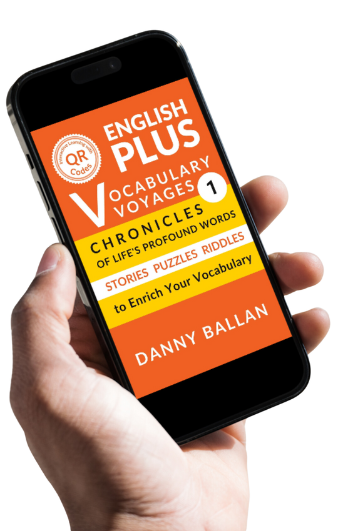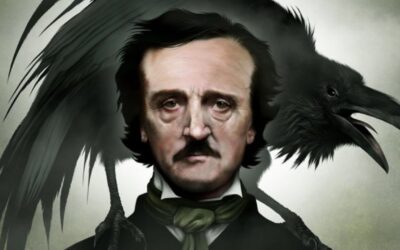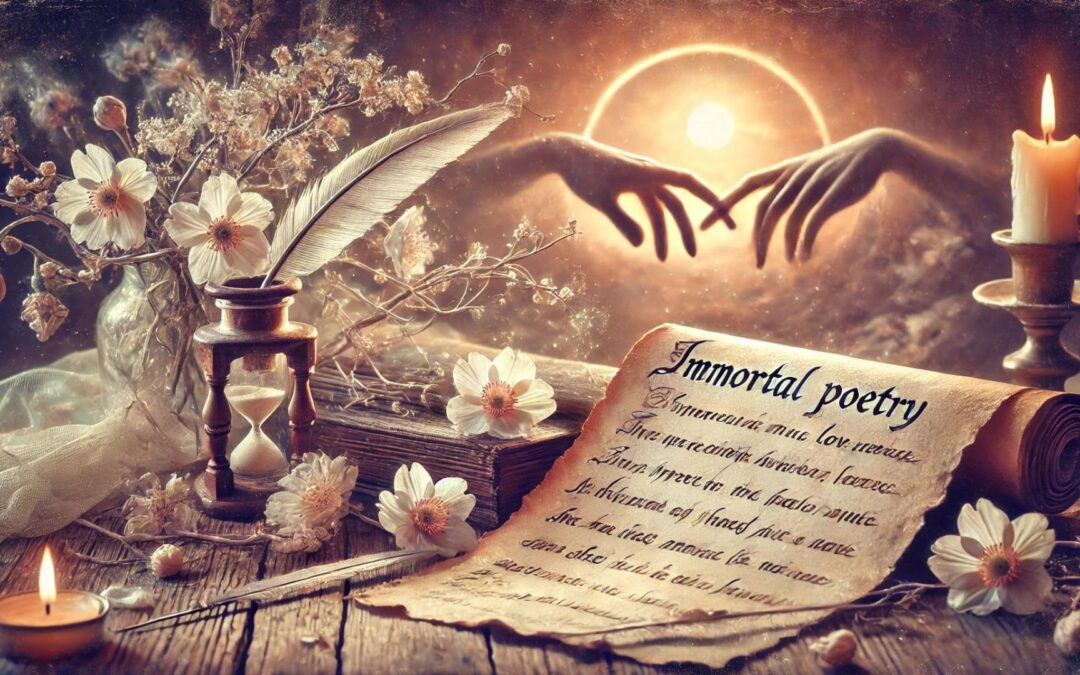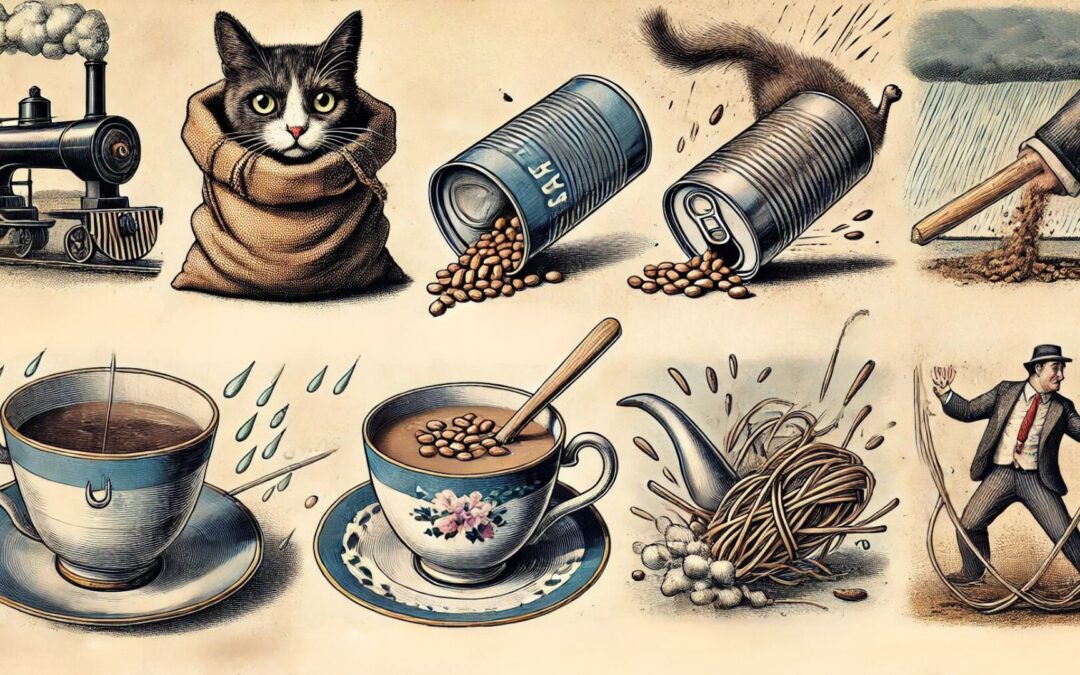Introduction
Short stories are a literary form that has been around for centuries, and is known for its brevity and ability to convey powerful emotions and messages in a concise format. They are different from longer writing forms like novels and novellas in several ways, including their length, structure, and the way in which they approach storytelling.
Length
One of the most obvious differences between short stories and longer writing forms like novels and novellas is their length. Short stories typically range from 1,000 to 7,500 words, while novels can range from 50,000 to 100,000 words or more. Novellas fall somewhere in between, with a word count ranging from 20,000 to 50,000 words.
The shorter length of short stories allows for a tighter focus on a specific moment or event in a character’s life, without the need for lengthy exposition or backstory. This brevity also means that short stories can be read in a single sitting, making them a perfect choice for those with limited time or attention spans.
Structure
Another key difference between short stories and longer writing forms is their structure. Novels and novellas often have a complex plot with multiple storylines and subplots, while short stories typically have a single plotline and focus on a single character or event.
Short stories also tend to have a more compressed narrative arc than novels, with a clear beginning, middle, and end. This means that the action of the story often takes place over a relatively short period of time, and the story concludes with a sense of resolution or closure.
Because of their shorter length, short stories often rely on concise and evocative language to convey their message. They must be crafted carefully to ensure that every word counts, and that the story is compelling and engaging from beginning to end.
Approach to Storytelling
Short stories and longer writing forms also differ in the way they approach storytelling. Novels and novellas often have a more leisurely pace, with time for exposition, character development, and detailed descriptions of the setting. Short stories, on the other hand, require a more immediate and immersive approach to storytelling.
Because short stories have limited space to develop characters and settings, they often rely on powerful imagery and symbolism to create a vivid and engaging world. They may also use unconventional narrative techniques, such as unreliable narrators or nonlinear storytelling, to convey their message in a unique and compelling way.
In many ways, short stories are like snapshots of a moment in time. They capture a particular emotion or experience in a way that is immediate and visceral, drawing the reader into the world of the story and immersing them in its themes and ideas.
Benefits of Short Story Writing
Despite their differences from longer writing forms, short stories offer many benefits to both writers and readers. For writers, short stories provide a valuable opportunity to practice their craft and experiment with different narrative techniques and styles. Because short stories are relatively quick to write and revise, they allow writers to hone their skills and develop their voice in a way that is both efficient and effective.
Short stories can also serve as a valuable stepping stone to longer writing forms like novels and novellas. Many successful writers, including Alice Munro and Raymond Carver, got their start writing short stories before moving on to longer works.
For readers, short stories offer a unique and immersive reading experience that can be both emotionally powerful and intellectually stimulating. Because short stories are often focused on a single moment or event, they have the ability to capture a particular emotion or feeling in a way that is both immediate and lasting.
Short stories also offer a wide range of styles and genres, from horror and science fiction to romance and historical fiction. This diversity of form and content makes short stories an ideal choice for readers who are looking for a quick and engaging read, as well as for those who are looking to explore new genres and writing styles.
Furthermore, short stories often challenge readers to think deeply about the themes and ideas presented in the story. Because the narrative arc is compressed and the focus is narrow, short stories often require readers to fill in the gaps and interpret the meaning behind the events that unfold. This can lead to a deeper and more meaningful engagement with the story, as readers are forced to grapple with complex emotions and ideas.
Another benefit of short stories is their ability to capture a sense of time and place in a way that is both immediate and evocative. Because short stories often focus on a single moment or event, they can create a vivid and immersive sense of the world in which the story takes place. This can be particularly powerful in historical fiction or stories set in unfamiliar or exotic locations, as short stories have the ability to transport readers to a different time and place in a way that is both immediate and visceral.
Conclusion
In conclusion, short stories are a unique and powerful literary form that offers many benefits to both writers and readers. Their brevity and focused narrative structure allow for a powerful and immediate emotional impact, while their diversity of styles and genres offers something for every reader. Whether you are a writer looking to hone your craft or a reader looking for a quick and engaging read, short stories offer a wealth of possibilities and a rich and rewarding reading experience.
Crossword Puzzle in Context
All the words you need to solve this crossword puzzle are in the article above. Learn & Enjoy!
Keywords
- Short stories: A form of fiction that is typically shorter in length than a novella or novel.
- Novels: A longer work of fiction that typically has a complex plot and multiple storylines.
- Novellas: A work of fiction that is longer than a short story but shorter than a novel.
- Brevity: The quality of being brief or concise.
- Narrative arc: The overall structure or shape of a story, including the beginning, middle, and end.
- Exposition: Information about the background, setting, or characters in a story that is necessary for the reader to understand the plot.
- Backstory: The events and experiences that occurred before the beginning of a story and that provide context for the plot and characters.
- Plotline: The sequence of events that make up the plot of a story.
- Character development: The process by which a character in a story changes or grows over the course of the plot.
- Symbolism: The use of symbols or images to represent abstract ideas or concepts in a story.
- Imagery: Vivid descriptions or figurative language used to create a sensory experience for the reader.
- Unreliable narrator: A narrator in a story whose credibility is questionable or who has a biased perspective.
- Nonlinear storytelling: A narrative technique in which the events of a story are not presented in chronological order.
- Emotional power: The ability of a story to evoke strong emotions in the reader.
- Intellectual stimulation: The ability of a story to challenge the reader’s thinking and provoke intellectual engagement.
- Genre: A category of literature characterized by a particular style, form, or content.
- Historical fiction: A genre of fiction that is set in the past and typically features real historical events or people.
- Horror: A genre of fiction that is intended to scare or frighten the reader.
- Science fiction: A genre of fiction that is based on imagined scientific or technological advances.
- Romance: A genre of fiction that focuses on romantic relationships and often has a happy ending.












0 Comments